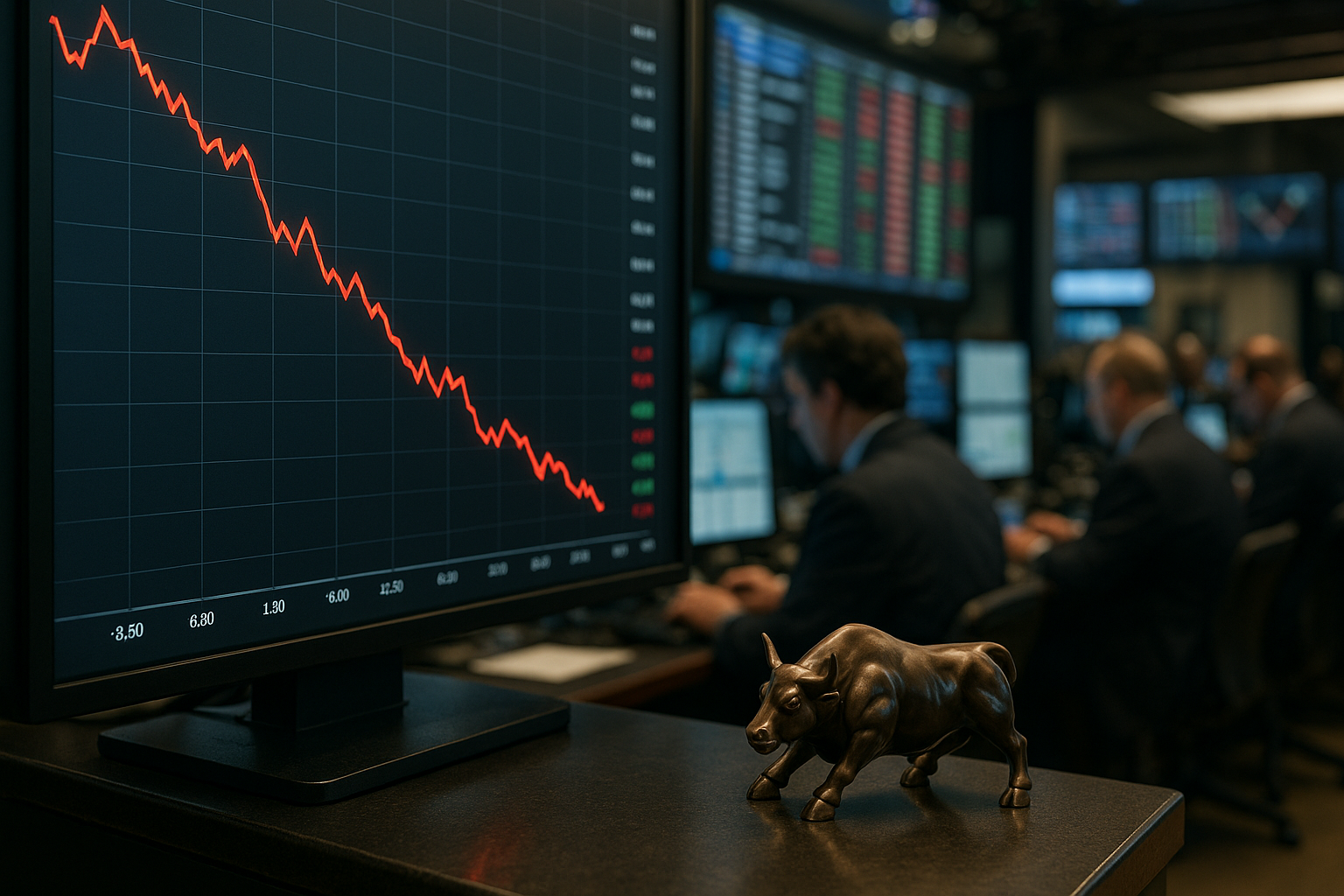After months of volatility, the crypto market appears to be catching its breath. The Fear & Greed Index—a popular sentiment gauge among digital-asset traders—sits at a neutral 42, signaling a temporary equilibrium between bullish and bearish forces. Behind the scenes, however, institutional interest is gathering momentum, regulatory pressure is mounting, and revelations about the Trump family’s crypto ventures are stirring debate across both political and financial circles.
According to Reuters, the Trump family’s cryptocurrency projects generated more than US $800 million in the first half of 2025, underscoring how deeply politics and digital assets have intertwined. At the same time, Nasdaq reported the launch of a new crypto index blending publicly traded blockchain companies and major tokens—a move seen as a bridge between traditional finance and the fast-evolving digital-asset market.
The calm surface of the crypto market may be deceptive: under it, powerful forces are reshaping how institutional money, regulation, and reputation intersect.
Institutional Pathways Take Shape
With several spot Bitcoin and Ethereum ETFs awaiting approval or expansion in major markets, institutional pathways into crypto are opening fast. The Business Standard reported steady inflows into existing crypto products despite muted price action, suggesting that large investors are preparing for broader adoption once new ETF vehicles go live.
For traditional investors, these products represent a long-awaited way to access crypto exposure through regulated channels. BlackRock, Fidelity, and Franklin Templeton have all launched or applied for multi-asset crypto funds, signaling confidence that digital assets will remain a core theme in diversified portfolios.
Yet the presence of heavyweight institutions also changes the dynamics of the market. Liquidity may deepen and volatility could ease, but regulation, transparency, and custody standards will face stricter scrutiny.
The Trump Family’s $800 Million Crypto Windfall
The revelation that the Trump family’s crypto ventures brought in roughly US $800 million during the first half of 2025—through token launches, NFTs, and affiliated investment vehicles—has raised eyebrows across Washington and Wall Street. Reuters’ investigative report suggests that the family leveraged its global network and name recognition to capitalize on surging retail and institutional interest.
The political ramifications are significant: regulatory agencies are already under pressure to tighten oversight of token issuance, celebrity-backed ventures, and insider activity. For investors, the episode is a reminder that crypto markets remain susceptible to reputational risks, conflicts of interest, and opaque governance.
Why This Matters for Investors
The convergence of politics, institutional money, and regulatory scrutiny creates both opportunity and uncertainty. The new crypto index proposed by Nasdaq could mark a step toward mainstream benchmarking—similar to how the S&P 500 defines equity exposure—but it also exposes investors to the cyclical and speculative nature of the underlying assets.
Market data from CoinMarketCap shows that total crypto capitalization has stabilized near US $2.7 trillion, with Bitcoin dominating roughly 49 % of market share. This relative stability gives institutional allocators confidence, even as mid-cap tokens continue to exhibit high volatility.
Investors should also watch for policy cues: the U.S. Securities and Exchange Commission (SEC) and Commodity Futures Trading Commission (CFTC) are expected to issue updated guidelines on token classification by early 2026, which could redefine compliance frameworks for exchanges and funds alike.
Future Trends to Watch
1. ETF Approval & Capital Inflows:
The approval of additional spot crypto ETFs could inject billions into the sector, driving demand for both Bitcoin and Ethereum while boosting liquidity for ancillary assets.
2. Tokenization of Traditional Assets:
Financial firms are accelerating tokenization pilots—fractionalizing bonds, real estate, and private equity. This evolution could blend crypto rails with traditional finance, reshaping capital markets.
3. Political Influence & Regulation:
High-profile political figures entering crypto may accelerate bipartisan scrutiny. Expect tighter rules on disclosure, token issuance, and cross-border flows.
4. Governance Premium:
Projects with transparent governance, audited reserves, and regulatory alignment are likely to attract long-term capital, while speculative tokens could face declining investor interest.
Key Investment Insight
Crypto’s current “steady state” masks a pivotal shift: the market is institutionalizing faster than at any point since 2021. ETFs, hybrid indexes, and tokenized financial products are converging to give investors more structured exposure—just as regulators demand accountability and political ties spark debate.
For investors, this is a time to position thoughtfully. Diversified crypto ETFs and regulated trusts offer exposure without direct custody risk. Meanwhile, due diligence on token governance and project transparency will separate sustainable investments from speculative traps.
As institutional adoption grows, volatility may fall—but scrutiny will rise. The winners will be those who can bridge compliance, credibility, and innovation.
The crypto market may be finding balance, but beneath the surface, it’s transforming. The coming months could define the next phase of digital-asset investing—one that blends Wall Street discipline with blockchain ambition.
Stay informed with MoneyNews.Today for daily insights into the trends shaping global markets, digital assets, and the future of investing.





